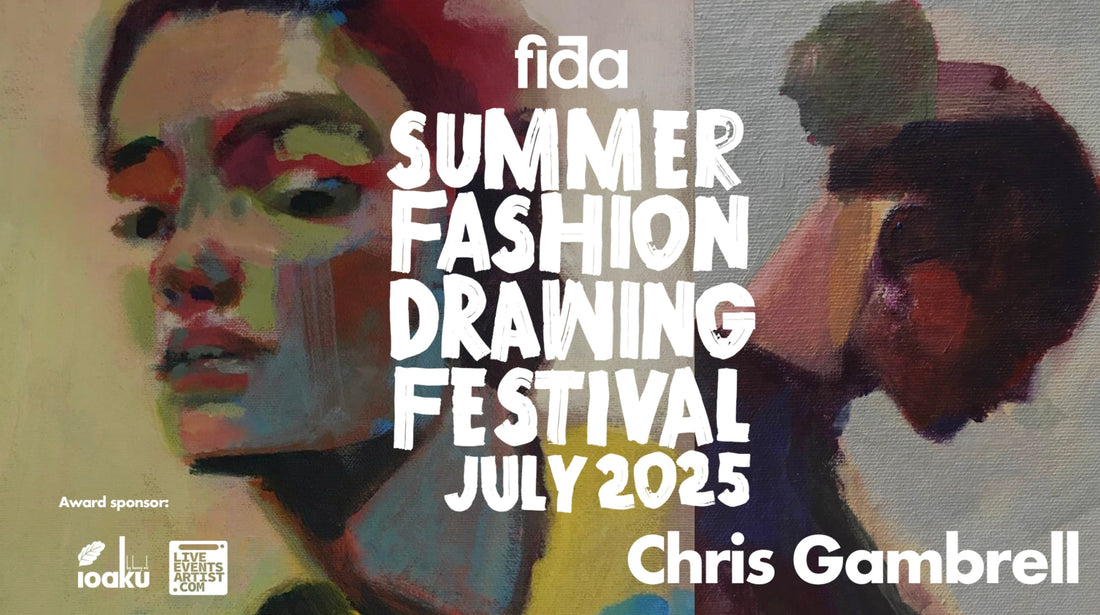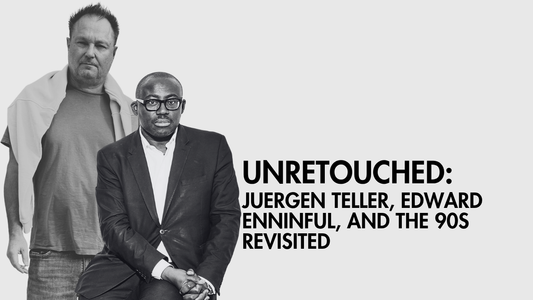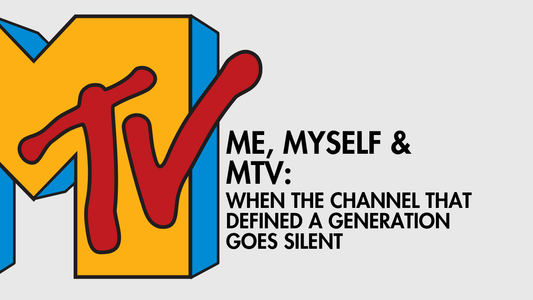
Summer Fashion Arts Festival Talk Series: Chris Gambrell
Share
At the Summer Fashion Art Festival, illustrator and educator Chris Gambrell offered a thoughtful, reflective conversation on the art of drawing, the joy of teaching, and the evolving place of fashion illustration in a digital age. In conversation with Patrick Morgan, FID founder, Gambrell shared a deeply personal account of his creative journey – one shaped by experimentation, teaching, and an appreciation for the power of the unfinished.
Chris’s introduction to teaching began in Barcelona in 2004 and has remained a key part of his creative practice ever since. Today, from his base in the UK, he continues to teach courses in illustration, encouraging artists to lean into the tactile, expressive nature of drawing. “I’ve always enjoyed helping people connect with their work,” he said, adding that witnessing student growth is a kind of artistry in itself. Patrick Morgan praised Gambrell’s generosity as a teacher, describing him as someone who “doesn’t gatekeep,” but instead shares knowledge with warmth and clarity – something sorely needed in the competitive art world.
Gambrell’s illustrations are unmistakable – dreamlike, textural, often appearing as if caught in a moment of transformation. His love of soft pastels is central to his practice, alongside a belief in the power of negative space and “leaving things undone.” For Chris, an unfinished edge isn’t a flaw – it’s an invitation. “It gives the viewer space to enter the work,” he explained. His drawings capture more than just surface beauty; they explore shape, mood, and the complexity of what’s left unsaid.
His artistic career began humbly – sending out emails to art directors and editors, hoping his work would be seen. It paid off. Over the years, he’s collaborated with Vogue, Windsor & Newton, Royal Talens, and even designed a book cover for Jonathan Jones's retrospective on Artemisia Gentileschi. These moments, he says, are milestones – but the real satisfaction comes from the studio, where he's free to explore texture, colour, and form.
During the talk, Chris spoke enthusiastically about his fascination with medium – from alcohol markers to oil pastels, each one offering its own possibilities and limitations. He described how understanding the behaviour of a material, such as the bleed of ink or the grain of a pastel, informs his choices and sparks new ideas. His palette, often triadic and rooted in expressive colour theory, reflects a studied yet intuitive approach to image-making.
One of the more unexpected highlights of the conversation was a discussion on pets in fashion design. Chris has a soft spot for drawing cats, celebrating their elegance and unusual proportions, while Patrick noted the current obsession with dogs in fashion culture– think Marc Jacobs’ bulldogs or dog-friendly stores in New York. For both artists, these animals represent another way illustration can intersect with identity, humour, and storytelling.
But the talk also touched on more serious topics—the rise of AI and the uncertain future for hand-drawn work. Chris acknowledged the challenges, but remained optimistic. “Illustration brings something photography and AI can’t – it channels feeling,” he said. “It’s not about precision. It’s about presence.” He encouraged emerging artists to find joy in the process and to embrace their individuality – advice that feels increasingly relevant in a creative landscape driven by algorithm and automation.
Throughout the talk, what became clear is that Chris Gambrell values process as much as outcome. Whether it’s mentoring students, building atmospheric compositions, or experimenting with pastels on a quiet afternoon, his work is grounded in curiosity and care. Patrick Morgan summarised it best: “Chris’s illustrations don’t just depict –they invite us in.”
As the Summer Fashion Art Festival continues to highlight the evolving role of illustration in fashion and culture, Gambrell reminds us that drawing is more than a skill – it’s a way of thinking, feeling, and connecting. In a world obsessed with finish, polish, and speed, he offers an alternative: slow, honest, and joyfully incomplete.



